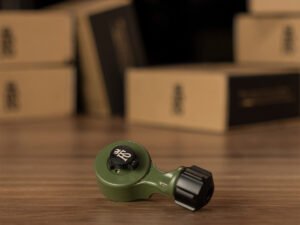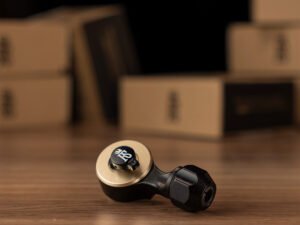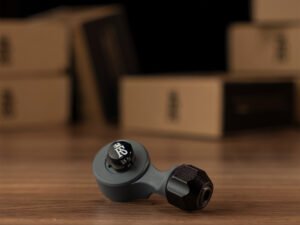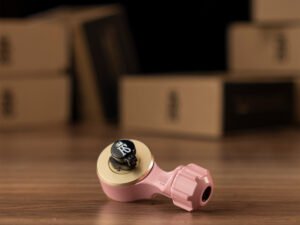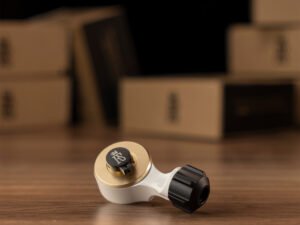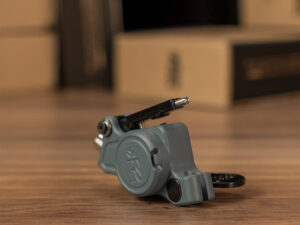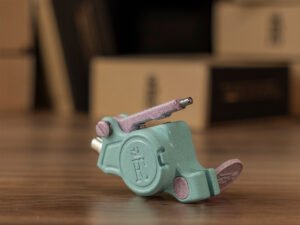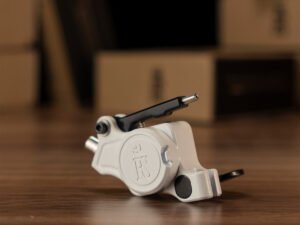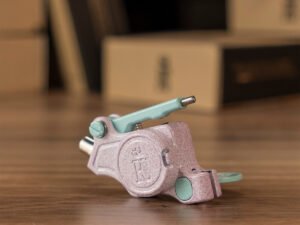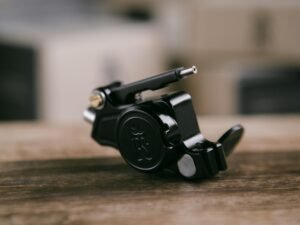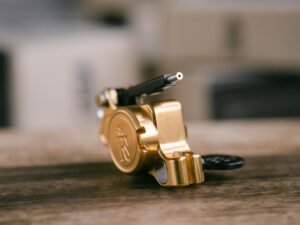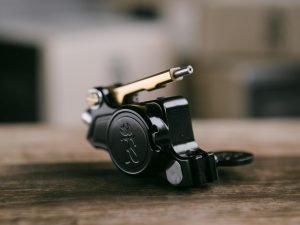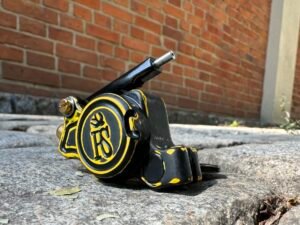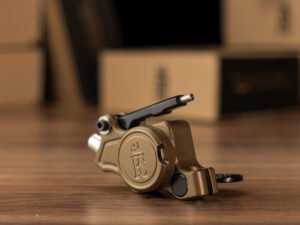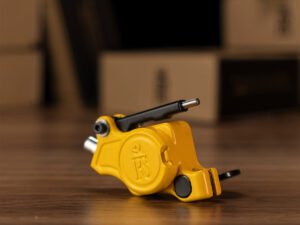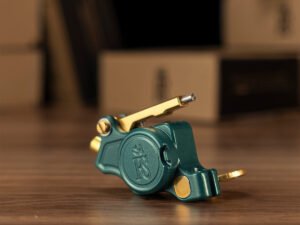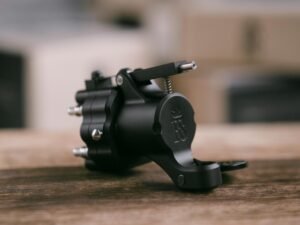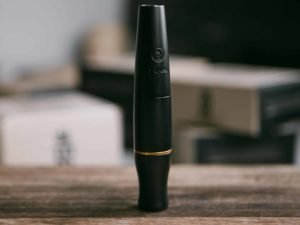rotary tattoo machines
ROTARY TATTOO MACHINES EXPLAINED
The art of Tattoo is very ancient, as far as the history of Man is concerned. The earliest known sample is at least from 3,370 B.C. to 3,100 B.C., which is around 5,400 years old. This was Otzi the Iceman, whose mummified body was recovered from the shadows of the Otzal Alps of Europe recently. Yet the techniques of imprinting such as “Skin Art” have remained primitively simple throughout the ages. It was only in the Nineteenth Century (1891) that attempts were first made to invent electrically driven machines to Tattoo the skin. There were mainly two types of Tattoo Machines invented: Coil Machines and Rotary Machines. Both were invented within 20 days of each other, but independently. While Sam O’Reilly invented the first rotary tattoo machines following Edison’s Stencil Pen duplicator, Thomas Riley of Londoner invented the first Coil Machine (single coil), only to be replaced by the spring-loaded twin coil machines of Alfred Charles South, another Londoner, whose principle of operation drives the coil machines of today.
Inner Workings
Rotary Machines are smoothies of the tattoo world. The present version has been originally designed by the German Manfred Kohrs in 1978. There are a style and flair about the way these machines work that has driven some of the best Tattoo Artists to innovate the most with this machine. It generally has a small but powerful encased motor which provides the rotary motion, driving a Cam or bearing. The Cam moves a spring-loaded Drive Bar to create the up and down motion that is typical of a tattoo machine. This is attached to the multi-needle assembly or Tattoo Cartridge which brushes the needles against the ink in the inkpots, before injecting the same into the epidermis of the tattoo area of the Client. There are now many variations of this simple principle, but this classical direct drive machine is by far the most popular. The Slider is also considered a common variation on this machine. Here, the Needle Bar is attached to a nib on the Slider. The rotary movement of the motor is thus converted to a reciprocal and up-down movement of the Needle Bar.
Vibration and Noise Control
The craze for skin artwork is often traditionally centered on the buzzing noise that has become a trademark for tattoo shops. The high noise level is caused by the hammer action of Coil Machines. But tastes change with time, and clients become more sophisticated. High noise level is no longer an attraction, but a disturbance to the ears of more educated customers. In fact, the sometimes extreme vibration and continuous buzz-saw sound actually causes discomfort to many ears, and may even drive them away. And not just customers, some artists to find them truly disturbing. Sometimes the vibration has long term effects on the well being of the Artist. Fingers, wrists and hands can be damaged irreparably by the constant and strong vibration. Ears can develop deafness and tinnitus. But the Rotary Machines are smooth, and while not noiseless, emit a very low sound that is actually quite pleasant. Rotary Machines have been found to encourage customers, especially first-timers, to take the plunge.
All-rounder
The Rotary Machine displays extreme versatility. While Artists using Coil Machines need at least three different types of Machines for the various parts of their work (Liners, Shaders and Color Packers), one Rotary Machine can carry out all three functions comfortably. The recent surge in popularity of “Skin Art” has resulted in rapid advances in the technology, so that a number of top-grade Rotary Machines are capable of all functions connected with Tattoo Artistry, by suitable adjustments, such as stroke length of the needle bar and speed control of the motor. Many of the best Artists are seen to depend on just one all-rounder Machine these days.
Some Advantages
These are:
• Low Noise.
• Maximum Flexibility and Adaptability.
• Minimal Adjustments.
• Easy to Handle.
• Much less strain.
• Low hand and finger cramping.
• High popularity with Artists.
• Maximum innovation.
Examples
Some of the best all-rounder Machines in the market are the Bishop V6, which is both needle and cartridge compatible and the Cheyenne SOL Terra, as well as all InkJecta Machines, due to their extreme capability of adjustment. The Spektra Halo Machine is another example of one of the best Rotary Machines available and has a long history of fine service to the Artists. Some machines, like the Stigma Rotary’s Amen Tattoo Machine, can be easily fitted with interchangeable strokers so that, with some minor adjustments, the same machine can be used for both Lining
